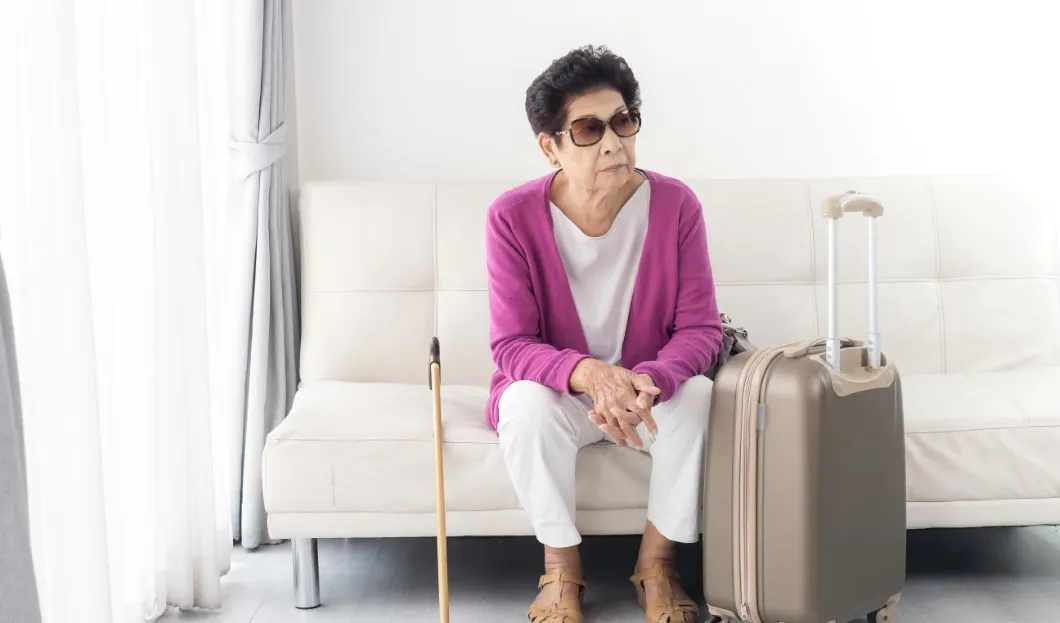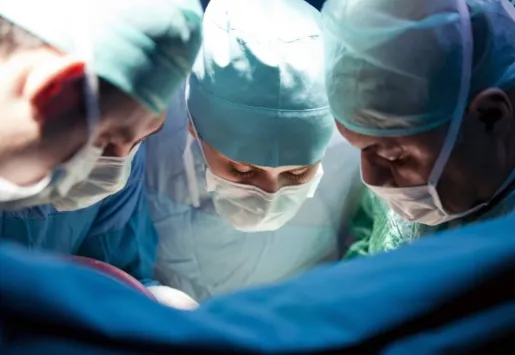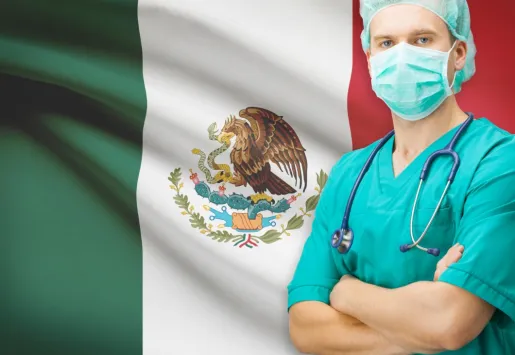
The medical tourism market in China is growing rapidly, fueled by an expanding middle class, a rapidly aging population and an increased demand for cosmetic surgery. More than two million Chinese citizens travel annually to undergo health procedures. This number is set to rise in the coming years.
Medical tourism includes various services, including routine check-ups and medical procedures. Japan, Thailand and South Korea are among the top destinations for Chinese tourists, along with Taiwan and India. Many of these people seek bold interventions. Others want better acupuncture options, a Chinese method used in Eastern countries for at least 2500 years.
Chinese people with high purchasing power mostly want to have routine check-ups and plastic surgeries. For instance, many visit South Korea to undergo popular cancer treatments, cosmetic surgeries and skin procedures. In 2017, Chinese patients represented 100.000 of the 320.000 foreigners seeking treatment.
Thailand is another popular destination, for its high-quality treatments, relatively low prices and proximity to other attractive holiday destinations. Chinese medical tourists increased by 30% between January and April 2019. Aesthetic surgery, dental procedures and infertility treatments are among the most sought after in the country.
China, however, is also home to several medical centers that provide services to foreign tourists. One of the best-known cases is in Hainan province, a tropical island in southern China. The traditional Chinese medical hospital in Sanya, which built an international health center in 2016, has since provided medical treatment to many foreign patients. Demand for its services is high.
In Hainan, the patients can do the treatments at the hospital and enjoy the sun, the beach and the beautiful local landscapes. The local government has contributed substantially to the development of medical tourism.
In 2013, an experimental area for international medical tourism was created by the government in a village near the island’s east coast. Known as the “Lecheng Pilot Zone”, it has medications and medical equipment from the European Union, Japan, and the USA, which are still unavailable in other parts of China. The provincial regions, such as Beijing and Hainan, are pioneers in promoting tourist projects and creating tourist routes since 2011.














